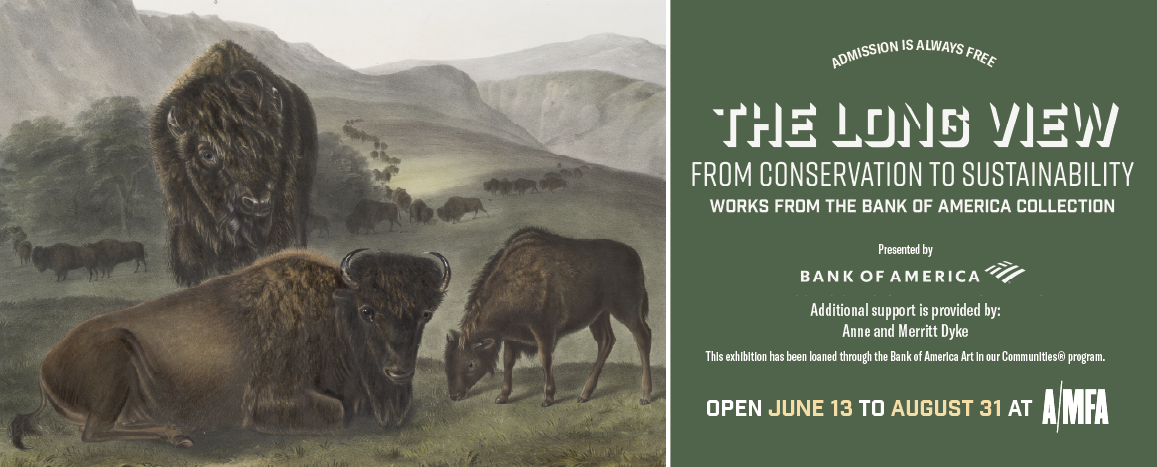(Opinion by site owner Joe Jacobs)

I love trails, all kinds of trails. Everything from the rugged boulder ladden East Summit Trail at Pinnacle Mountain State Park to the smooth pavement of the Arkansas River Trail, the spring ferns growing along the Ozark Highlands Trail and fast hard-pack mountain bike trails like the Womble, they all restore my spirit, my need to not just be outdoors but to move through our environment. Sure, I move in a car but there, I’m surrounded by glass and metal, door handle to door handle with other chunks of glass and metal where I attempt to escape my surroundings with phone calls or music or maybe just listening to a human voice on the radio, it’s not the same.

Funding Trails
Only some trails happen purely by accident and these trails are usually poorly designed, illegal or dangerous. Good trails come through partnerships, volunteer efforts, design and contract processes, land manager input and support and money. A good example is the Jackfork Mountain Bike Trail at Pinnacle Mountain. This trail was built by 3 volunteers (I was one of the three) so you might think it was a simple operation with little money. That is far from the truth. The trail currently has 10 wooden bridges, the wood and hardware to build them was not free but with the help of the park friends group, Partners for Pinnacle, the volunteers receive yearly funding to build and maintain the bridges. But that is not all, the signage is “donated” by the park itself, plus the park built one of the trail heads and placed the signs. That would be a cost to the state agency that comes from the park budget. This is a small example of the cost of building trails. On the higher end would be the Arkansas River Trail including 4 major bridges which cost millions in local and federal funding.
Recreation Trails Program
The Recreation Trails Program is best described by the first two paragraphs of their website:
The Recreational Trails Program (RTP) provides funds to the States to develop and maintain recreational trails and trail-related facilities for both nonmotorized and motorized recreational trail uses. The RTP is an assistance program of the Department of Transportation’s Federal Highway Administration (FHWA). Federal transportation funds benefit recreation including hiking, bicycling, in-line skating, equestrian use, cross-country skiing, snowmobiling, off-road motorcycling, all-terrain vehicle riding, four-wheel driving, or using other off-road motorized vehicles.
The RTP funds come from the Federal Highway Trust Fund, and represent a portion of the motor fuel excise tax collected from nonhighway recreational fuel use: fuel used for off-highway recreation by snowmobiles, all-terrain vehicles, off-highway motorcycles, and off-highway light trucks.
The 2010 Apportionment to the State of Arkansas was approximately $1.5 million. That’s a lot of money to support all kinds of trails that benefit Arkansans in the way of healthy options for travel and recreation and bring tourism dollars to the state. Information Sheet on RTP.

The Crux
From the American Horse Council:
In November [2011], the Senate Environment and Public Works Committee marked up its version of a multi-year national highway bill, called MAP-21. MAP-21 would also reauthorize RTP; however it would make major changes to RTP by removing dedicated funding for the program and consolidating it with several other programs.
Then earlier this month:
From the International Mountain Bicycling Association:
U.S. Senator Amy Klobuchar (D-MN) is offering an amendment to restore dedicated funding.
In the House, RTP was included in legislation forwarded by the committee, but Rep. Steve King (R-IA) has an amendment to eliminate the program. The entire House of Representatives hears the bill later this week.
And this from American Trails:
February 10, 2012 – Two amendments are proposed to restore funding for trails and bike/ped programs in the Senate transportation bill. The Rails-to-Trails Conservancy has put together two letters of support for amendments to the Senate transportation bill (also known as MAP-21) that will support these vital programs.
The Klobuchar amendment to MAP-21, which restores dedicated funding for the Recreational Trails Program (RTP). This amendment makes the Senate bill consistent with language that is already in the House bill.
The Cardin/Cochran amendment provides protection to TE and Safe Routes by passing much of the decision making down to the local level.
The American Hiking Society points out that RTP is not the only thing affected in MAP-21:
The Senate Transportation Bill (MAP-21), introduced late last year, eliminates critical federal funding for trail, walking and bicycle programs through 3 core programs, Recreational Trails (RTP), Transportation Enhancements (TE) and Safe Routes to School (SR2S). These funds have helped to build trails, biking and walking facilities in countless communities across the country. The bill calls for a decrease in funds and allows diversion of resources to road projects, routine mowing and other expensive new activities.
Solutions
You do have a say in this and I ask you to make your wants known. Following are links to websites managed by different national advocacy groups with instructions and help in contacting the appropriate legislators. If you use trails as a hiker, runner, walker, cyclist, motorized vehicle user, horse back rider, etc. you need to let Washington know you views.
Americans for Responsible Recreational Access
International Mountain Bicycling Association
If you don’t see a group that you feel represents you than google it. It’s worth it.





